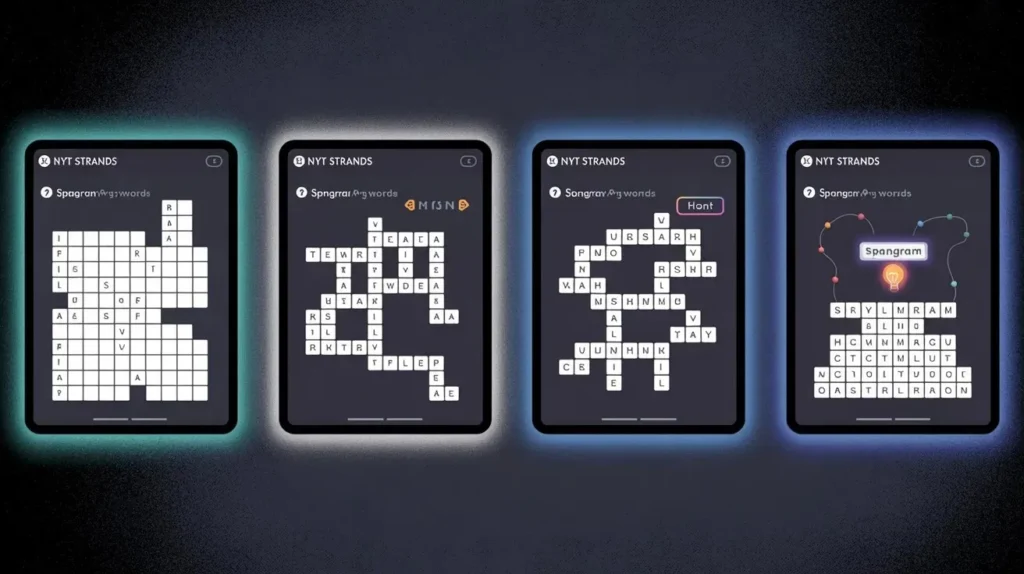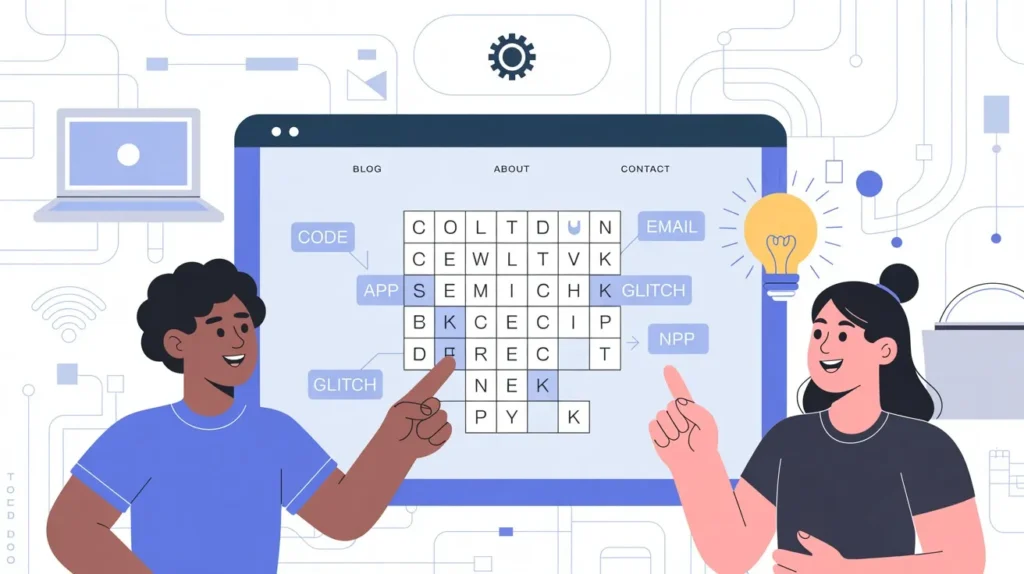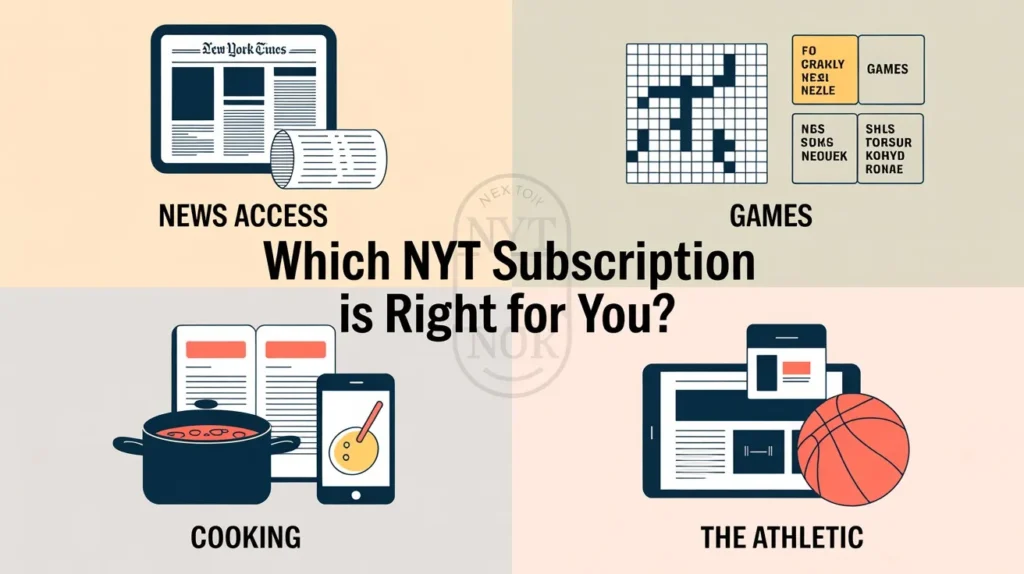NYT Strands may seem like a simple word game on the surface, but it comes packed with a clever twist: different solving modes that can subtly (or sometimes drastically) change how you think. Whether you’re a new player wondering why one puzzle feels harder than another, or a regular solver looking to improve your skills, this guide breaks down each mode with clarity, strategy, and examples.
Table of Contents
ToggleWhat Are Modes in NYT Strands?
In the context of NYT Strands, “modes” refer to how the puzzle behaves as you solve it. While the core concept stays the same — find theme-related words in a letter grid — different puzzles come with structural variations or hidden mechanics that impact how challenging the game feels.
These modes aren’t labeled in-game, but regular players quickly notice patterns. Let’s explore the key ones.
1. Standard Mode – The Classic Setup
This is the most common format and is what most players experience daily:
- You’re given a theme title upfront (e.g. “Tech Talk”)
- All theme words and the Spangram are hidden in a 6×8 grid
- Words may curve in any direction: horizontal, vertical, diagonal, or even L-shaped
- Every three non-theme guesses reveal a hint (a blue-highlighted word)
Strategy Tips:
- Use the theme as your compass
- Think in categories or subthemes
- Look for short, obvious words to uncover trickier ones
2. Twisty or “Hidden Pattern” Mode
Some puzzles seem harder because words bend unpredictably, wrapping around like a snake. These aren’t officially called “Twisty Mode,” but players notice when the level design gets wild.
Clues:
- Words curve unexpectedly
- Straight-line scanning doesn’t help much
- Often used on harder days (like Fridays or Sundays)
Strategy Tips:
- Zoom in on letter clusters, not rows or columns
- Move letter-by-letter rather than scanning visually
- Look for repeating letter pairs — they often mark curving paths
3. Minimal Clue Mode (Low Hint Reveal)
On some days, the game feels stingy with hints — even after multiple wrong guesses.
Why this happens:
- The puzzle has fewer valid non-theme words
- You might guess real words, but they’re not accepted by the game
- You earn hints less frequently
Strategy Tips:
- Try creative combinations — even unusual 3–4 letter blends
- Don’t depend on hints early; focus on the Spangram or an obvious word to unlock the grid
- Save your hints for later when you’re stuck mid-puzzle
4. Theme-Reveal Mode (Strong Spangram Anchor)
In some puzzles, the Spangram basically reveals the entire puzzle once found. The theme is tightly packed around it.
Clues:
- Theme words are direct extensions of the Spangram
- The grid feels “organized” rather than scattered
- Once the Spangram is solved, the rest unfolds quickly
Strategy Tips:
- Treat the Spangram like a title — find it early
- Focus on edge-to-edge connections first
- Use it to break the puzzle into sections
5. Curveball Theme Mode (Misleading Titles)
This unofficial mode shows up when the theme title is abstract or misleading. For example:
- A theme called “Sticky Situation” might relate to glue, gum, or awkward moments — you don’t know at first
- Titles with double meanings can throw you off (e.g., “Pressed” could be media, ironing, or emotional pressure)
Strategy Tips:
- Think beyond the obvious
- Write down every possible interpretation of the title
- Group your guesses into concept clusters: literal, figurative, cultural

Why Understanding Modes Matters
Recognizing the puzzle’s mode can drastically improve your solving approach. You’ll know:
- When to scan broadly vs. focus locally
- When to guess broadly for hints vs. stay conservative
- Whether to tackle the Spangram first or leave it for last
Modes aren’t always announced, but learning to “read” the grid helps sharpen your instincts.
Final Thoughts
NYT Strands is more than just a daily distraction — it’s a layered puzzle built to surprise, evolve, and teach you to think differently. Understanding how modes subtly shift the challenge is part of what makes solving so rewarding.
So next time a puzzle feels tougher than usual, pause and ask yourself: What mode am I playing today? That single shift in mindset might just be your secret weapon.



